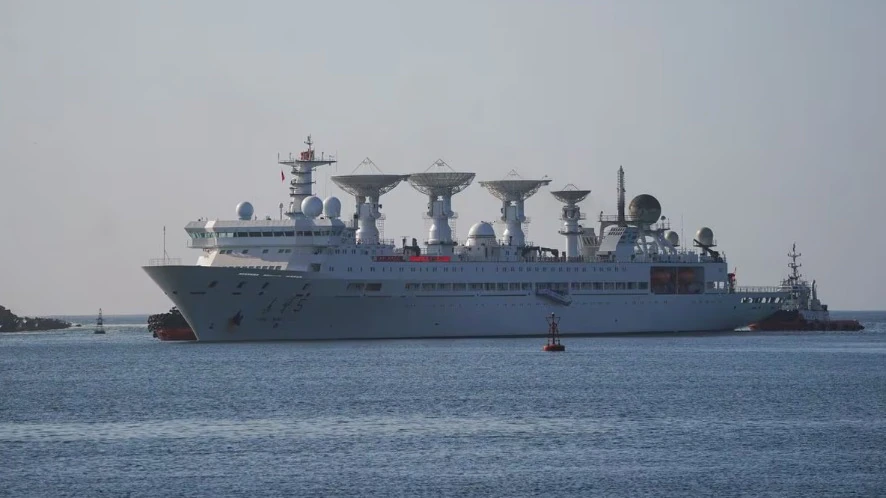A Chinese research vessel has been uncovered for operating in the Bay of Bengal under suspicious conditions, having deliberately disabled its Automatic Identification System (AIS) for several days, which has sparked alarm among maritime security experts. The detection was made by French maritime intelligence firm Unseenlabs during a comprehensive 16-day satellite survey across the area.
This advanced tracking mechanism enabled Unseenlabs to identify vessels by monitoring their radio frequency emissions, even when AIS signals were turned off. The survey revealed that nearly 10% of the 1,897 tracked vessels in the Bay of Bengal displayed no AIS activity, with the prominent Chinese vessel particularly noted for its deliberate blackout.
Unseenlabs reported, “While not broadcasting AIS, its RF signature was consistent and traceable, enabling our systems to monitor its movement over several days.” The report suggested that the actions of this research vessel were likely executed with strategic intent, hinting at more than just scientific exploration.
The activities purportedly undertaken by the vessel included seafloor mapping, acoustic environment analysis, and the identification of submarine transit corridors—tasks frequently linked to surveillance and anti-submarine warfare. This raises significant concerns regarding China’s naval preparedness and intelligence-gathering efforts in the Indo-Pacific region.
Though the vessel remained in international waters, approximately 120 nautical miles off the eastern coast of India, its operations occurred perilously close to military zones, thereby drawing scrutiny. The Indian Navy and Coast Guard have previously reported ongoing incursions by Chinese research and surveillance vessels in the Indian Ocean Region (IOR), highlighting increased vigilance over such movements.
Security analysts interpret the presence of these vessels as indicative of a broader Chinese strategy aimed at expanding its maritime influence within the IOR. The activity coincides with the presence of Chinese naval ships and submarines already established in the region, and Indian defense planners are closely observing developments, fearing that Beijing may soon deploy aircraft carriers as part of its maritime strategy.
This incident illustrates the escalating concerns over underwater surveillance and maritime domain awareness, emphasizing the strategic rivalry that continues to shape the dynamics in the Indo-Pacific waters.

















